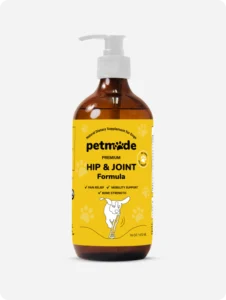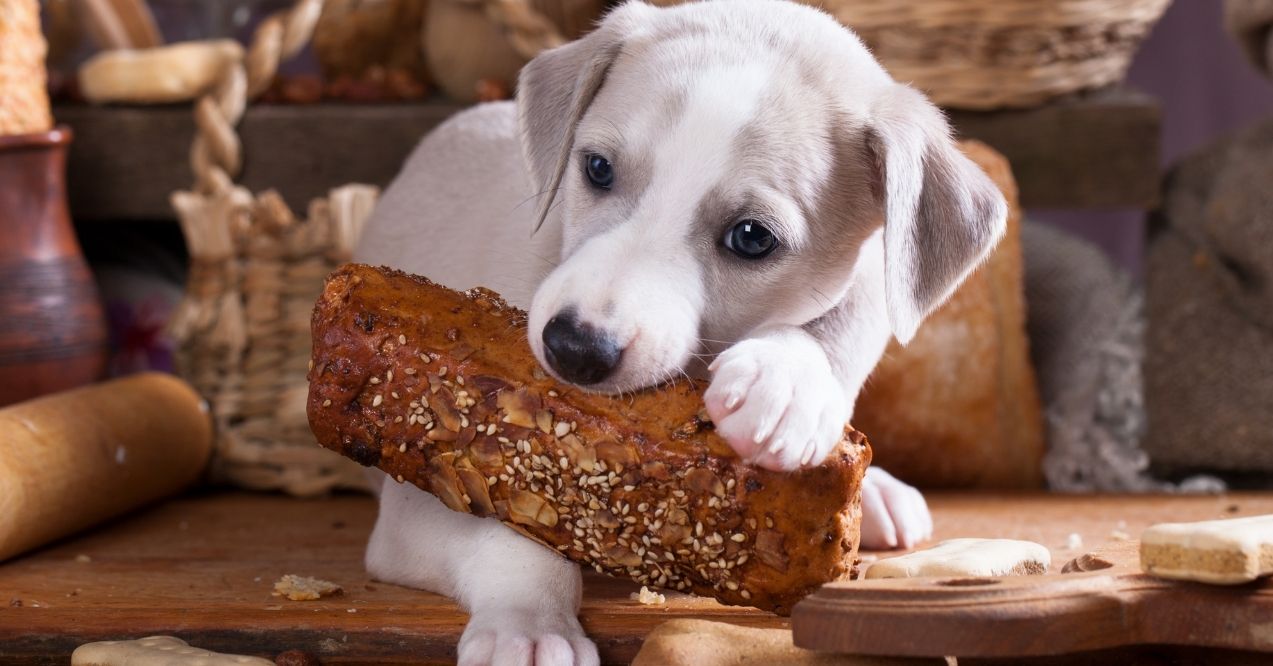8 Ways on How to Help Dogs With Joint Pain
Your furry friend might be experiencing joint discomfort, and knowing how to help dogs with joint pain can make a world of difference in their daily life. As dedicated pet parents, we can take simple yet effective steps to support our four-legged companions through their joint journey. Taking action early helps maintain their playful spirit and zest for life’s adventures.
1. Keep Them Moving
Physical activity supports joint flexibility and helps with joint pain. Short, gentle walks several times a day offer more benefits than one long walk. Indoor activities like treat-finding games or gentle play sessions keep your pup engaged while staying active.
Try these gentle exercise options:
- Swimming in calm, supervised environments
- Indoor treasure hunts with treats
- Simple obstacle courses using household items
- Different walking routes for mental stimulation
Morning activities often work best as joints tend to be more flexible after rest. For rainy days, set up indoor obstacle courses using cushions and boxes to encourage gentle movement. Dancing with your pup to soft music adds joy to their exercise routine while maintaining mobility.
2. Manage Their Weight

Extra pounds add pressure to joints, so maintaining a healthy weight with balanced nutrition becomes essential for joint comfort. Break meals into smaller portions throughout the day to maintain steady energy levels. Creating a feeding schedule helps regulate their metabolism and maintains consistent energy throughout the day.
Healthy weight management tips:
- Use food puzzles and interactive feeders
- Offer low-calorie treats like carrots or green beans
- Schedule regular weigh-ins to track progress
- Celebrate progress with extra playtime or belly rubs
Make mealtimes fun and engaging with food puzzles or interactive feeders. These tools not only control portions but also provide mental stimulation. Including family members in portion control ensures everyone stays consistent with feeding guidelines.
3. Create a Cozy Resting Space
Your dog needs a dedicated comfortable spot to rest their joints. Place their bed in a draft-free area with easy access to their favorite family spaces. Layer their resting area with soft, supportive materials that maintain body temperature.
Essential elements for a cozy space:
- Multiple beds around the home for easy access
- Soft blankets for nesting
- Non-slip bottom layers for stability
- Fresh water nearby
Creating elevated resting spots near windows lets them enjoy outdoor views while staying cozy. Soft lighting around their rest areas creates a calming atmosphere. Keep fresh water nearby to maintain good hydration throughout their rest periods.
4. Explore Natural Joint Pain in Dogs Solutions
Natural joint pain alternatives for dogs focuses on supporting overall joint health through gentle, holistic approaches. Many natural options exist to support joint comfort and mobility. Building a routine around natural solutions helps maintain consistent support for their joints.
Fish oils rich in omega-3s support joint function naturally. Green-lipped mussels contain beneficial compounds that work alongside other natural ingredients to maintain joint flexibility. Turmeric, when properly prepared, offers another natural option for joint support.
5. Massage and Stretching
Gentle massage helps increase blood flow to joints and muscles while creating a special bonding moment with your pup. Start with light circular motions around larger muscle groups, paying attention to your dog’s reactions to find what they enjoy most. Evening massages can become a calming bedtime ritual for both you and your furry friend.
Basic massage techniques:
- Light circular motions around major muscle groups
- Gentle stretching of limbs
- Soft stroking along the back
- Careful attention to signs of joint pain in dogs
Turn massage time into a calming ritual by speaking softly and maintaining a peaceful environment. Learning basic pet massage techniques can enhance your ability to help your pup feel comfortable. Soft music or nature sounds can add to the soothing atmosphere of massage time.
6. Use Warmth and Cold Therapy

Warmth brings comfort to stiff joints, especially during colder months or after rest periods. A warm towel fresh from the dryer provides gentle heat therapy. For active dogs, cool compresses after playtime can help maintain comfort.
Create a warming station with heated blankets during winter months. This gives your pup options for managing their comfort level throughout the day. Morning warmth therapy can help ease stiffness as dogs joints cracking sounds might be more noticeable after rest.
7. Consider Joint-Friendly Diets
Food choices play a significant role in how to treat joint pain in dogs. Focus on nutrient-rich options that naturally support joint health. Include foods with natural sources of joint-supporting nutrients in their daily meals.
Beneficial additions to meals:
- Fresh fruits and vegetables
- Bone broth
- Approved healthy toppers
- Joint-supporting supplements
Creating meal variety while maintaining consistency helps keep your pup interested in their food. Establishing regular feeding times helps maintain a healthy weight and steady energy levels. Small additions of approved human foods can make meals more appealing.
8. Provide Joint Support Through Low-Impact Environments

Creating a joint-friendly home environment helps your dog navigate daily activities with ease. Place non-slip mats on slippery floors to prevent sliding. Install ramps or steps for accessing favorite spots like beds or couches.
Home modification essentials:
- Non-slip mats in key areas
- Ramps or steps for furniture
- Clear walking paths
- Multiple water stations
Adding carpet runners in high-traffic areas provides extra stability. Consider the height of food and water bowls to maintain comfortable eating positions. Creating multiple water stations throughout the home encourages good hydration habits.
Taking Care of Your Furry Friend
So, in the end, how to help dogs with joint pain? Supporting your dog’s joint comfort involves simple yet meaningful changes to their daily routine. By incorporating these supportive approaches, you’re helping your four-legged friend stay active and comfortable. Joint pain in dogs remedies work best when combined thoughtfully into your pup’s lifestyle.
Pay attention to signs of joint pain in dogs, like changes in movement patterns or decreased interest in activities. With patience and dedication, you can help your furry friend maintain their joy for life’s adventures.
Small, consistent actions often bring the most significant improvements to your dog’s comfort level. Creating positive associations with new routines helps your pup adapt more easily to changes.
Natural supports include fish oils rich in omega-3s, green-lipped mussel supplements, and turmeric preparations. Gentle massage, swimming, and maintaining ideal weight also help. Bone broth adds beneficial compounds when added to regular meals.
Focus on natural supplements like fish oil, green-lipped mussels, and glucosamine. Fresh foods like blueberries and leafy greens support overall joint health. Special joint-friendly treats can make supplements more appealing.
Watch for changes in movement patterns, reluctance to play or exercise, difficulty getting up or lying down. Notice if they avoid stairs, show stiffness after rest, or display changes in their usual activity levels.
Advertisement. This site offers health, wellness, fitness and nutritional information and is designed for educational purposes only. You should not rely on this information as a substitute for, nor does it replace, professional medical advice, diagnosis, or treatment. If you have any concerns or questions about your health, you should always consult with a physician or other health-care professional. Do not disregard, avoid or delay obtaining medical or health related advice from your health-care professional because of something you may have read on this site. The use of any information provided on this site is solely at your own risk.



















